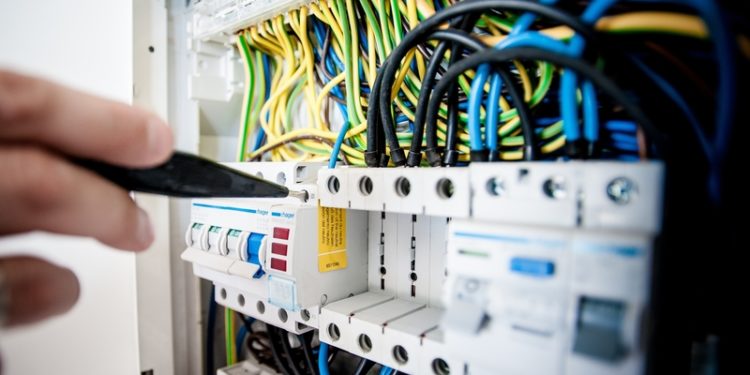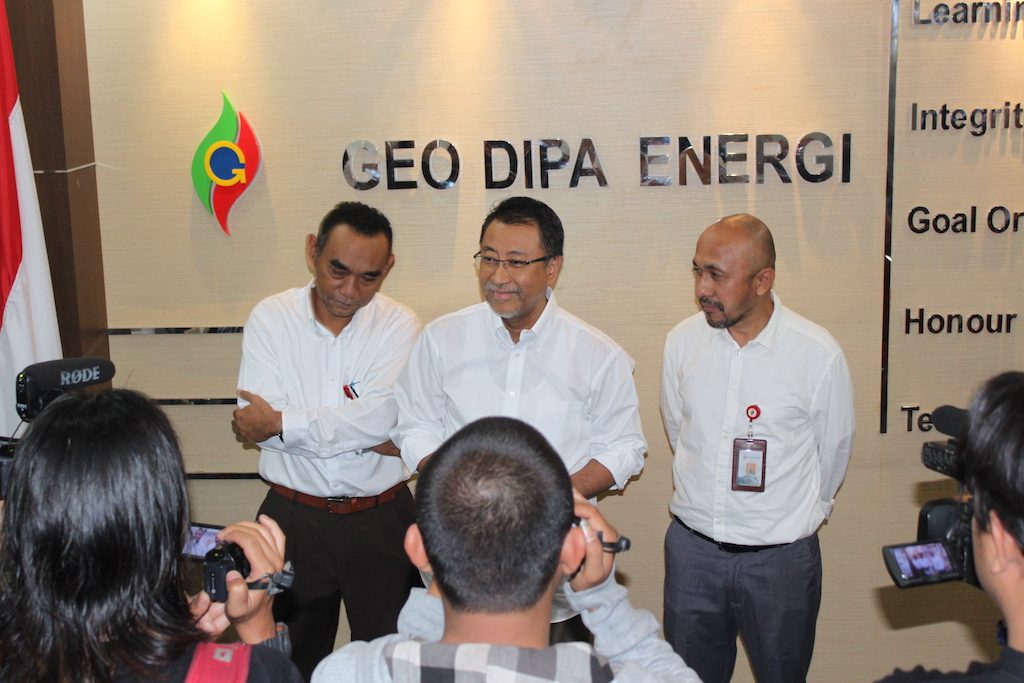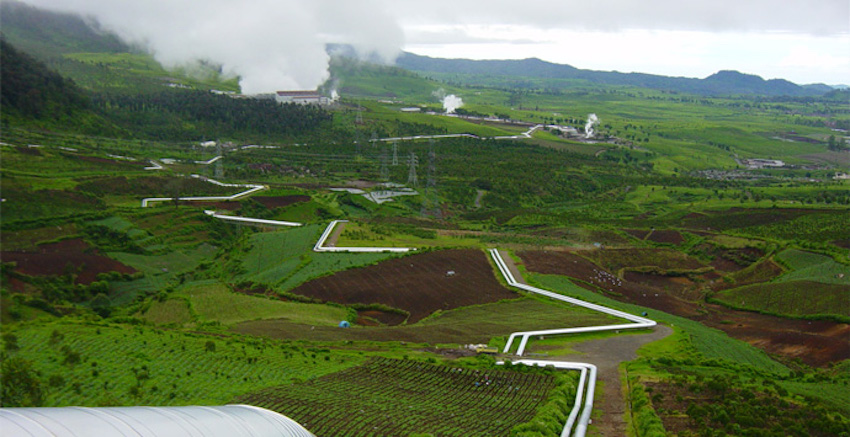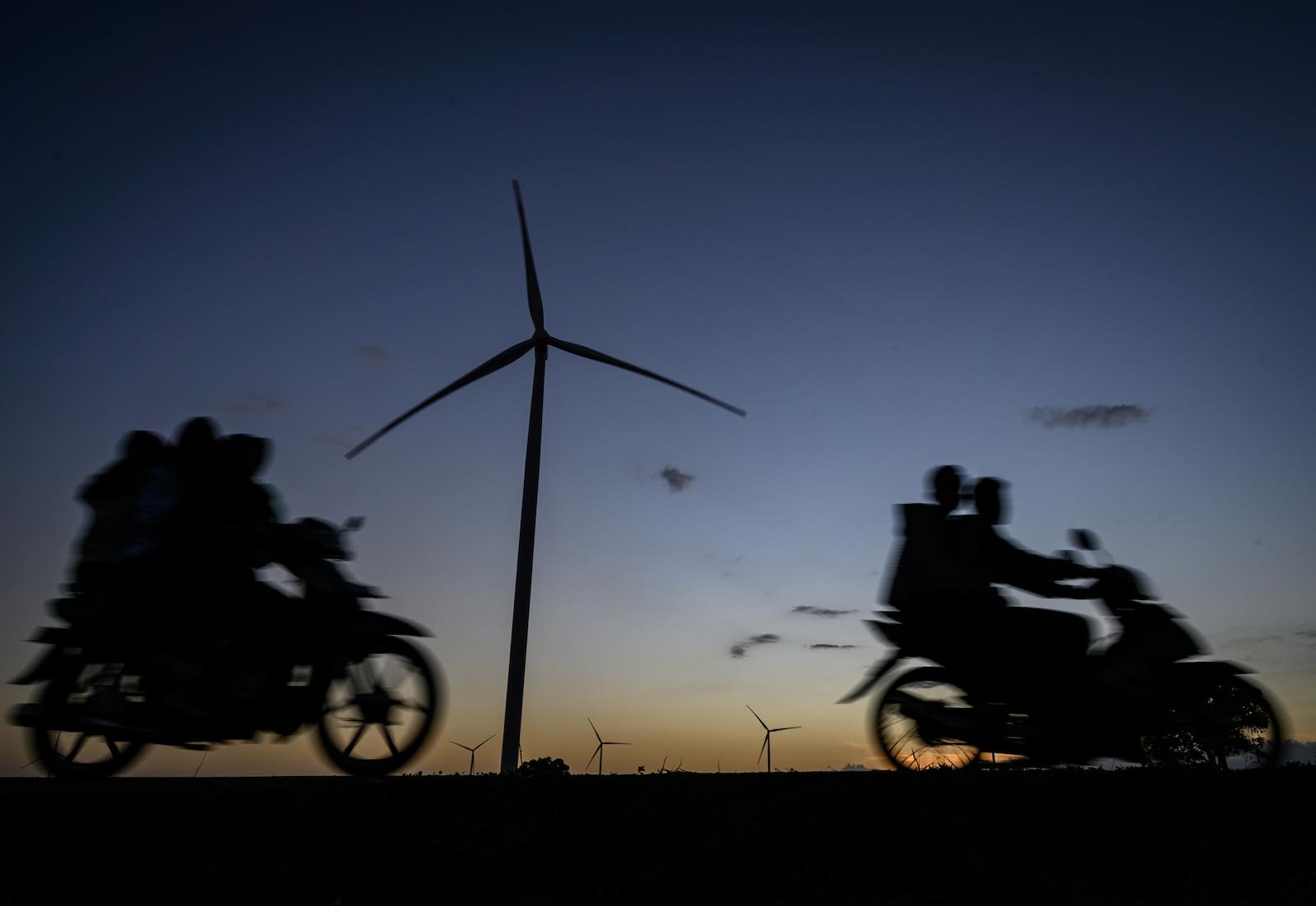KUALA LUMPUR, Aug 18 (Bernama) — Many people don’t really appreciate the critical role of Tenaga Nasional Bhd (TNB) until there’s an unexpected power failure. That’s when the lights go out, the air-conditioning fails to function, the fridge becomes heaty and the Internet doesn’t connect you to the outside world.
TNB can be likened to an elder brother or sister, constantly staying in the background but assisting you almost day in, day out without fail to ensure that you can go the full distance of your potential in whatever you do.
TNB has been in action even before Malaya gained its independence in 1957 in lighting up towns and villages. Starting from 1949 as the Central Electricity Board (CEB), it has progressed over the years as the National Electricity Board (NEB) and now, TNB towards powering Peninsular Malaysia.
It has been illuminating lives and livelihoods as Malaysia advanced from a purely agricultural economy to one that is so multi-faceted today. One cannot dispute that TNB has been the pride of the nation for the last 70 years.
But many seem to have taken its sterling role in helping to modernise Malaysia to what it is today for granted. Other than brightening up communities, TNB has also been crucial in the country’s industrialisation, assisting in trade and commerce, and even unlocking the value in people. And why not
Tony Goh, for example, an investment analyst and commentator on the energy industry in Malaysia, is one such beneficiary. He recalls that the corporatisation of the then National Electricity Board (NEB) and the eventual birth of TNB in the 1990s, which changed the country’s energy landscape, was one of the best things to have happened during one of the most crucial periods of his life.
“It was a time when I relied on the reliable power supply to make the grades through college and to enjoy some of the privileges of a rapidly booming economy, also made possible by a revitalised power supplier,” he says.
From personal experience, Goh says that “the efficiency and sufficient power supply we all enjoy today is sometimes under-appreciated even under the ‘new normal’ of eternal mid-summer days of scorching heat”.
Growing up in the suburb of Petaling Jaya in the mid to late 1980s, he could still vividly recall the occasional days when his family would be woken up in the middle of the night and sweating in darkness due to a power blackout.
“Calling NEB staff in the middle of the night during power disruptions then was never a good thing to do,” he remembers. “One can only imagine the situation in terms of power supply disruption or even availability to those in the rural and smaller towns across Malaysia.”
In those days, more often than not, one could be talking to a gruff-sounding employee who might have handled 200 calls or more from irate consumers non-stop. But things have changed.
The employees who handle such calls now have more tact and polish as they furnish you with details on what is the nature of the problem and what is being done by the technical staff to get power on again.
Although things have improved, TNB is not resting on its laurels and plans to better its performance for its over 9 million customers dotted along more than 660,000 km of its distribution network. Under its “Reimagining TNB” transformation plan, a lot is being done to meet the challenges head on. It appears that TNB has done its scenario planning well.
For a start, TNB aims to place its domestic power generation and electricity retail businesses under the purview of newly-incorporated wholly-owned subsidiaries to prepare for pending reforms in the country’s electricity market. It has done its homework to prepare for any eventuality of the government opening up the country’s electricity retail sector to allow for new energy suppliers.
The proposed internal reorganisation is expected to place TNB into an advantageous position to compete ahead of the expected market changes by establishing the first-mover advantage.
TNB’s bold move falls in line what ex-top civil servant in the finance and transport ministries, Tan Sri Ramon Navaratnam, has been advocating for the power utility: moving more towards meritocracy.
TNB, he says, must be more plural and inclusive for the country’s multiracial society to reap the benefits of shared prosperity as advocated by the present government.
But Navaratnam also wonders why the government is toying with the idea of dismantling a system that has been efficient by opening up the market since TNB has served the country well. Maybe the current government wants more out of TNB, he adds.
For property developer Haji Ahmad Khalif Mustapha Kamal of MK Land, he says that TNB is currently in an interesting position in balancing the national agenda and its own going concern.
“With power production decentralised, it needs to redefine its current role and future too. In urban areas, it is less appreciated but its real contribution comes from lighting up rural areas. We take water and electricity for granted, only during disruptions do we take notice. I hope TNB continues to serve Malaysia for the next 70 years and more,” he adds.
For that, TNB has been preparing for the future, especially in light of the government’s intention to liberalise the electricity supply sector. It is now preparing the groundwork for new rules under the Incentive Base Regulations (IBR) framework in the government’s Third Regulatory Period from 2021 to 2023.
By preparing early, TNB has also moved to become one of the most reliable energy networks in the region and whose standards are on par with many other advanced countries. For instance, its System Average Interruption Duration Index (SAIDI) improved to 48.22 minutes per customer per year in 2018 from 50.24 minutes in 2017 while its systems minutes lost per customer has been at 0.35 minutes, below the two-minute mark since 10 years ago.
TNB’s chairman Tan Sri Leo Moggie, who oversaw the development of TNB under his watch as a minister responsible for the energy and works sectors in the late 1970s till 2004, says TNB had already anticipated such market-wide reforms as early as in 2016 and its strategic plan under Reimagining TNB demonstrates that state of preparedness.
“The solid foundations we have put in place today have transformed our internal processes and structure to render TNB to be more technologically-advanced and cost-optimised than we were before,” he reveals. Moggie adds that TNB has always anticipated and adapted to changes in the past – for example, in the 1990s when Independent Power Producers (IPPs) came into the scene.
Moggie, who has helmed TNB since 2004, also reveals that many of the engineers in the competing IPPs had come from TNB itself, a reflection of its significant role by providing valuable human capital to the country’s growing engineering sector.
He is especially proud of TNB’s own Universiti Tenaga Nasional (Uniten), one of the top private universities in Malaysia, has taken on an aggressive national service role by producing graduates in engineering, computer science & information technology, business, accounting, finance and energy management for the country’s key business sectors.
Moggie, who hails from rural Kanowit in Sarawak, knows fully well what education and rural electrification can do for the progress and upward mobility of people, especially those living in the interiors.
“That’s why we have earmarked funds each year to provide scholarships, including specific programs for those from B40 background and loans to bright young Malaysians so that they can have a brighter future,” he adds.
For TNB itself, it is important to have highly skilled and high-calibre human resource to stand the test of time and competition. Moggie adds that TNB always appreciated the contribution of its staff at various levels and providing them with a conducive working environment so that they can contribute to its continued success.
In emphasising that having good human resource had been key for TNB to have taken on past challenges in its stride and for it to continue to be viable, he says that this was again reflected in 2018 when TNB reported revenue of RM50.39 billion and a net profit of RM3.72 billion.
Not bad for a company which was once a government department that has grown into a corporate giant. And that giant now wants to strike out further afield.
In the words of Tan Sri Jalaluddin Zainuddin, former General Manager of NEB: “The history of electricity supply in Malaysia is fascinating. It is first and foremost a story of technical advancement of the introduction of new technologies, of a nation’s struggle to acquire knowledge and competence in new and exciting fields, of the evolution of abilities and confidence.”
In the book “People Behind the Lights” published by NEB, Jalaluddin said the story of NEB/TNB was also a story of the development of society, how society had grappled and came to terms with technology, and how electricity had supported the creation of a modern society in Malaysia.
In the early days of electricity supply business, even before the formation of the Central Electricity Board (CEB) in 1949, it had been an entirely expatriate undertaking. Top electrical engineers came mostly from Britain.
CEB was renamed the National Electricity Board (NEB) in 1965 and by 1967, the Malaysianisation process of the power utility that began 10 years earlier was completed. This saw qualified Malaysians taking over key operations and demonstrated that the initial misgivings over their capability were unfounded.
Daniel Jesuthasan, former deputy general manager (operations) at NEB, who also wrote in the same NEB book in the mid-1980s, said: “We can be proud of our achievements. When I was first introduced to the electricity business, the then CEB was installing 10MW sets when others were already installing 500MW steam turbines, and there were practically no gas turbines in the electricity supply industry (in Malaysia). Today we have in service 300MW units with triple-fuel capability, combined cycle blocks of 300MW, and 100MW gas turbines firing heavy fuel oil. All are among the world leaders. Let the world move on, we have gotten on.”
Fast forward 30 years on to today, TNB has even advanced to handling advanced power plants, such as the 4,100MW Sultan Azlan Shah Power Station in Lumut, Perak and a large scale solar project in Sepang, Selangor. Having grappled with technology and finding how it works best for business and residential consumers, TNB now aspires to be among the top 10 global utility companies by market capitalisation by 2025.
To attain such quest TNB has cast its sights outside Malaysia as it does not want to be just a “jaguh kampung” or village champion. To date, TNB has spread its wings to the United Kingdom, Turkey, Pakistan, India and Saudi Arabia while continuing to focus on its domestic markets.
In time to come, TNB’s revenue will also be partly more global and not just dependent on hydropower or fossil fuels. It will include more renewables in its portfolio and be in the forefront of technology if it were to gain more market share in the global energy supply business as well as other businesses related to its core structure, says Moggie.
Market analyst Goh also alludes to potential new frontiers that TNB may be pursuing, especially in leveraging on its network connections for additional revenue streams. And he says that TNB already has a strong arsenal in its backyard as the Internet-of-Things will dictate terms in the immediate future.
“What is new and exciting about TNB is certainly no longer confined to supplying power efficiently, and making sure my TNB bills remain affordable. I will be looking towards TNB to be the game-changer for another defining moment in my life. How far I will go in my professional life will be intricately-linked to the Internet and that chief enabler will be a reliable Internet connection comparable to the best the world has to offer,” he adds.
That relatively quiet giant that emerged from humble beginnings in Bangsar in 1949 is now positioned to prosper even further. Its current Bangsar headquarters, which saw the installation of the country’s first computer in 1966, is currently undergoing a massive transformation of sorts – a reflection of its confidence for the future.
The men and women at TNB’s command centre and every other installation throughout the country know fully well that they have to transform for the better for the energy giant to stay relevant. By embracing leading edge technologies, top-notch business endeavours and customer-centric undertakings, they do dare to imagine that their transformation will get TNB recharged with more “tenaga” or energy and succeed in its global quest.













